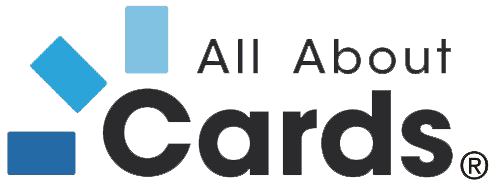Embossing:
This traditional way of card personalization roots in a time when embossing constituted the only way to apply machine-readable data onto the surface of a plastic card. Meanwhile, in the modern times of chip card technology, this functionality has become void. Embossing has a higher perceived quality and durability, though, as it is still preferred with credit cards. With the introduction of EMV chip card technology for credit cards, however, and the accompanying spreading of suitable payment terminals, embossing will most probably be replaced by thermo transfer personalization which is far more economical.
Following restrictions apply to embossing: only capital letters, the fonts Gothic and OCR and a font size of 5 mm can be embossed. Embossing of special characters and 'umlaute' is not possible.
This kind of personalization is applicable for:
Thermotransfer and dye sublimation printing:
Thermo printing is a flat printing process where colour is applied onto a card surface using heat. In dependence on the type of ribbon that is used for personalization, data can be printed onto the card either monochrome or full coloured, e.g. with plastic card printers from Zebra. It is not only possible to print alphanumeric information, but also photos, barcodes and logos in high quality.
This kind of personalization is applicable for:
Re-Transfer:
In contrary to other print methods, re-transfer printing does not apply the print information onto the card itself, but onto a foil which is laminated onto the card. Personalization can be made monochrome or full colour – e.g. with EDIsecure card printers.
The quality of re-transfer printing is very high, almost comparable to offset printing. Moreover edge-to-edge-printing is possible.
This kind of personalization is applicable for:
Ink Jet:
Whenever it is essential to personalize plastic cards in a fast and economical way with alphanumeric characters and barcodes, ink jet is the method to choose. The print quality may not live up to thermo transfer, but printing is faster and more low cost. Thus ink jet is perfectly suited for plastic cards that need not have a long durability – e.g. seasonal passes or prepaid cards.
This kind of personalization is applicable for:
Laser Printing:
When using this print method, data – usually names or numbers – are engraved into the card layers with a laser. Thus personalization is distinguished from the card surface – it is even tactual for your fingers. Laser printing is most common for bank cards.
This kind of personalization is applicable for:
